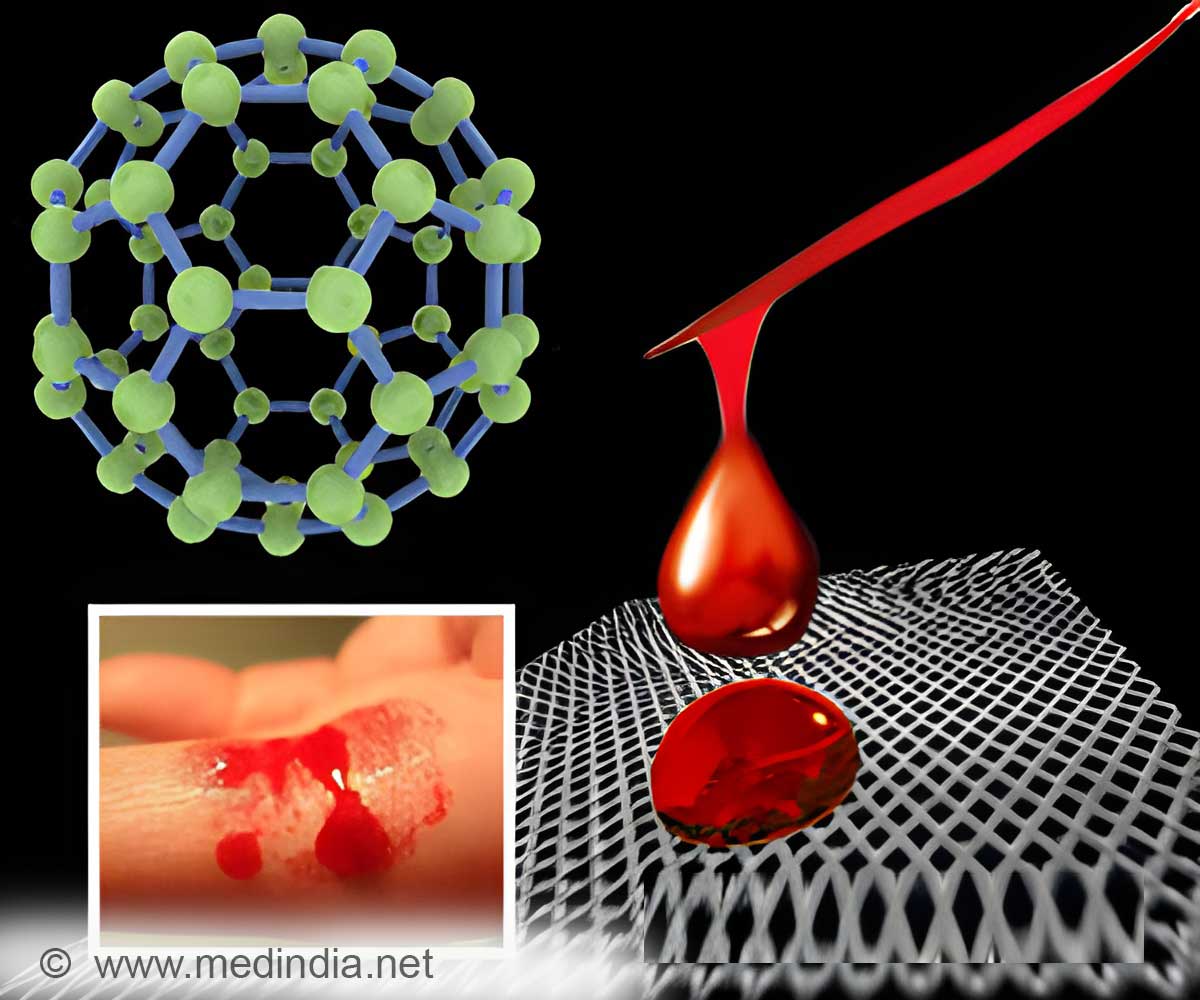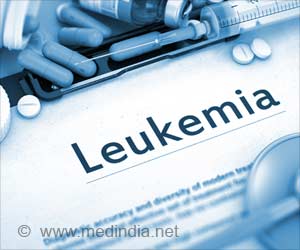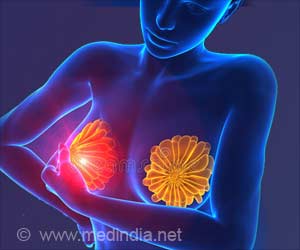A luminescent nanoparticle is being created by a physicist from University of Texas at Arlington, to use in security-related radiation detection, could help in cancer therapy.

Testing revealed that the Cu-Cy nanoparticles, combined with X-ray exposure, significantly slowed tumor growth in lab studies. "This new idea is simpler and better than previous photodynamic therapy methods. You don't need as many steps. This material alone can do the job," Chen said. "It is the most promising thing we have found in these cancer studies and we've been looking at this for a long time." Chen's research is being published in the August edition of the Journal of Biomedical Nanotechnology under the title "A New X-Ray Activated Nanoparticle Photosensitizer for Cancer Treatment." Co-authors are Lun Ma, a research assistant professor, and Xiaoju Zou, a research associate.
The paper is available online at www.aspbs.com. The University has also filed a provisional patent application on the new complex. Photodynamic therapy, or PDT, harms cancer cells when a photosensitizer introduced into tumor tissue produces toxic singlet oxygen after being exposed to light. In some studies, this light exposure is done through use of visible or near-infrared lasers. Others have found more success by also introducing luminescent nanoparticles into the tumor. Researchers activate the luminescent nanoparticle with near-infrared light or X-rays, which in turn activates the photosensitizer. Source-Eurekalert
 MEDINDIA
MEDINDIA




 Email
Email









